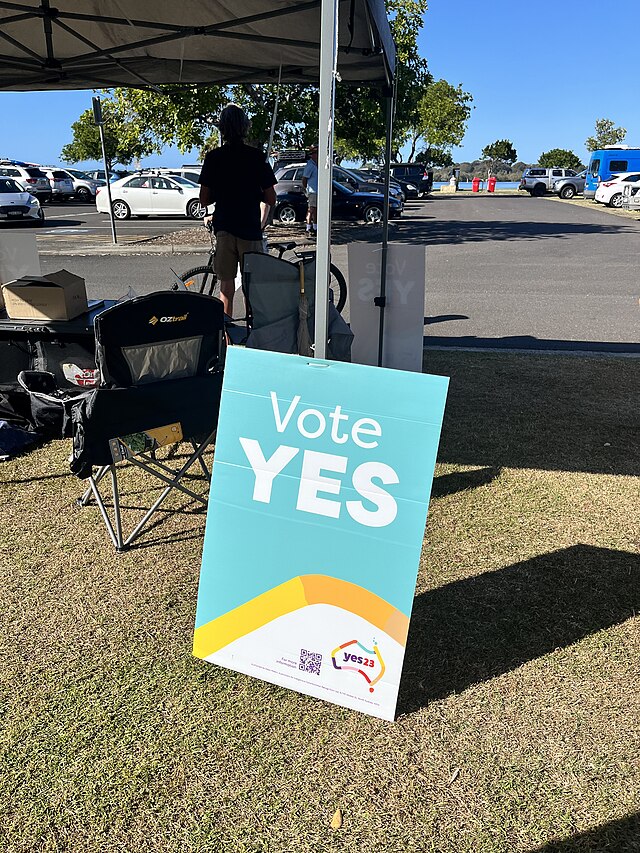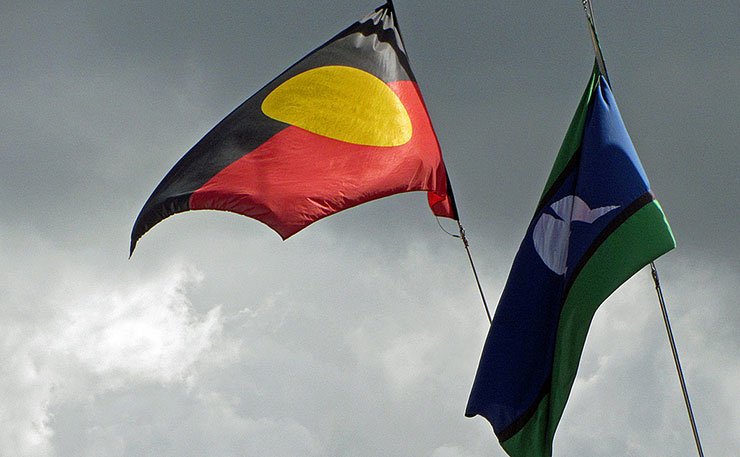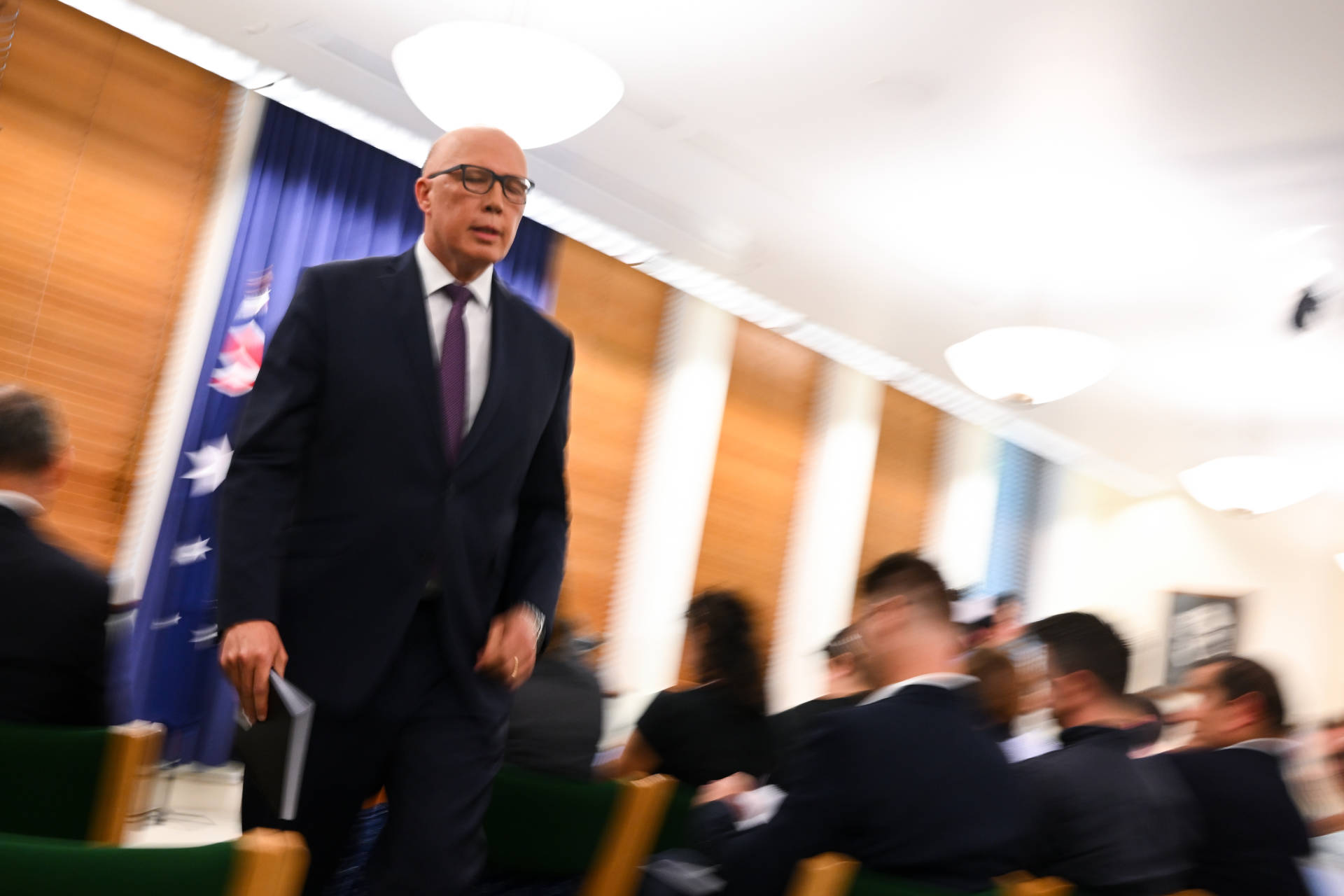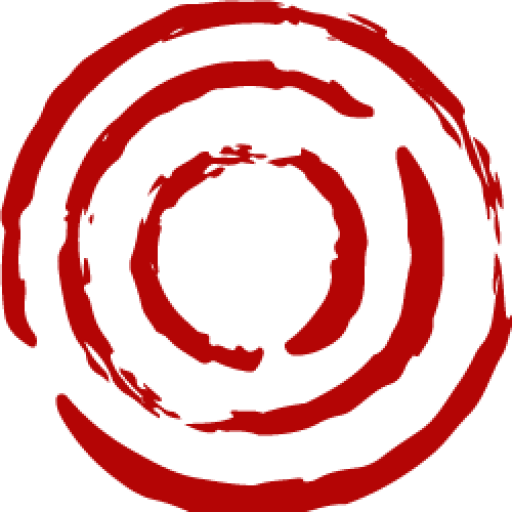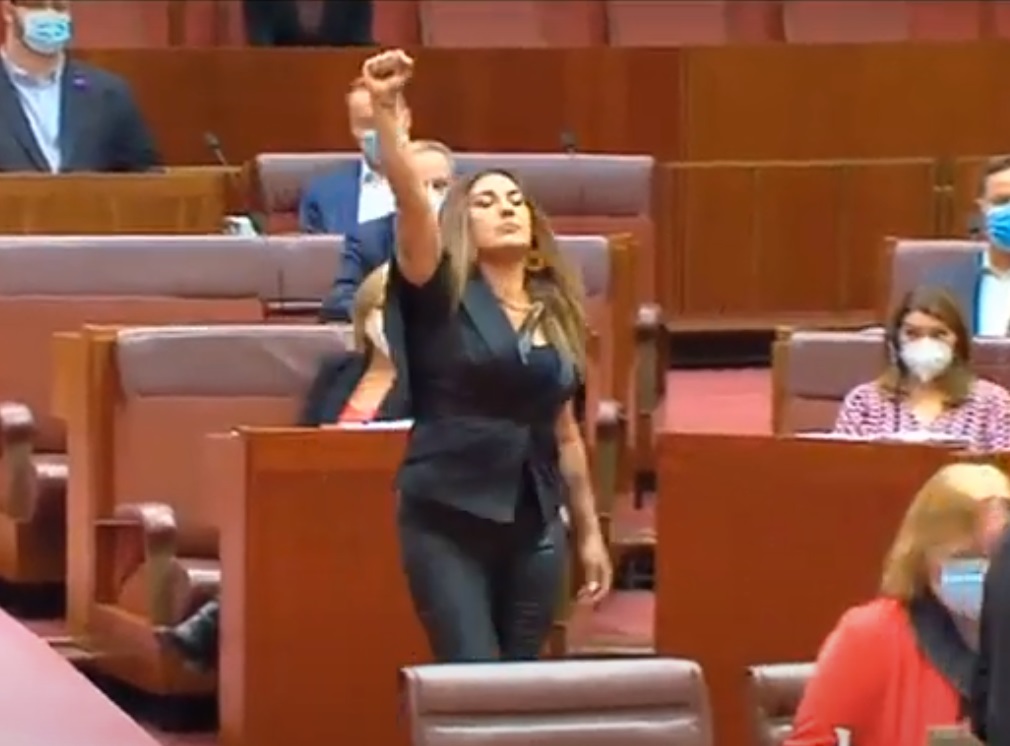Areas with the largest proportion of Aboriginal and/or Torres Strait Islanders heavily backed the Voice referendum.
Census data shows, of the 10 polling booth catchment areas at the referendum with the highest Indigenous population, nine of them returned a ‘Yes’ vote.
The booth with the highest Indigenous proportion – Cherbourg in the Queensland electorate of Wide Bay – where 98.88 per cent are Indigenous, returned a ‘yes’ vote of 58 per cent at Saturday’s referendum.
The analysis showed more than three-quarters of voters in the booths of Yarrabah in the Queensland electorate of Kennedy and the Palm Island booth in the seat of Herbert, each with a more than 90 per cent Indigenous population, voted ‘yes’.
Electoral commission figures have also shown remote polling carried out in electorates with high Indigenous populations such as Lingiari in the Northern Territory, Durack in Western Australia and Leichhardt in Queensland returned a high ‘yes’ vote.
Assistant Indigenous Australians Minister Malarndirri McCarthy said the nation could have done better and been better, had it voted for the voice.
“The gap is really between the understanding and cultural understanding between what First Nations people are asking for, and what western society doesn’t see,” she told ABC’s RN on Tuesday.
Asked if the country had got it right, Senator McCarthy said if the outcome revealed the public didn’t want to see Indigenous people recognised, she would find that “deeply disappointing”.
“It’s not right as a First Nations person to have to keep explaining why your history is important in this country … but we have to obviously keep doing that now because Australians voted ‘no’,” she said.
Senator McCarthy said the government needed to consider its next steps after the referendum defeat.
While Lingiari returned a 55.7 per cent ‘no’ vote at the referendum, remote polling in Indigenous communities recorded a ‘yes’ vote of 73 per cent.
Lingiari MP Marion Scrymgour said Indigenous communities had overwhelmingly supported the voice, despite the country rejecting the change at the referendum.
“The referendum was about recognition for (Aboriginal communities), a voice for them and they told the country what they wanted,” she said.
“A voice would also have enabled Aboriginal people to tell parliament directly what policies and programs affecting them were working or not working, and what different policies and programs should be considered.”
Both sides of politics have pledged to focus on closing the gap between Indigenous and non-Indigenous Australians following the referendum defeat.
Just 40 per cent of Australians backed the proposal, with the voice failing to win a majority in any state.
Indigenous Australians Minister Linda Burney said the high Indigenous vote for the voice was a positive sign.
“That says to me that Indigenous Australians wanted this,” she told the ABC’s 7.30 program on Monday.
“What the government will do is let the dust settle and we will be undertaking a process of finding out where people want to move next.”
Opposition Leader Peter Dutton has already backed away from a pledge to hold a referendum on constitutional recognition for Indigenous Australians following Saturday’s vote.
13YARN 13 92 76
Aboriginal Counselling Services 0410 539 905
AAP

